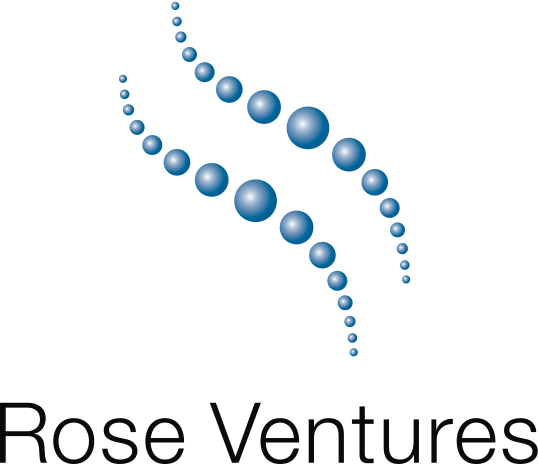Is it real? Can we win? So what?
3 key questions I ask when considering any new opportunity. Thanks to Bob Board, former GM of Perkin-Elmer Cetus Instruments, who taught me to consider these questions as a quick way to get a sense for the potential of an opportunity. I believe Bob learned this lesson during his years at Hewlett-Packard. “Is it real” speaks to the status of the technology or product, how far along it is in development, and what risks remain to actually be able to make the product or provide the service. “Can we win” speaks to all issues around competitive positioning and operational execution. Everything that goes into determining whether we can be successful in commercializing the product/service, and develop a leading market position. “So what” speaks to the size of the opportunity and the return on investment (ROI). For any given unit time we all can only work so hard, so we might as well focus on projects that have large rewards should we be successful in commercializing them.
Bob had an amazing talent for looking at complex situations and rapidly honing in on the most critical issues for us to focus on. When I told him how much I admired this, and asked how he developed such a talent, he said it was because he was fundamentally lazy, so it was a huge advantage to figure out quickly what really mattered and ignore the rest.
As with many of my mentors, Bob had incredible soft people skills. Most everyone loved him - although some were annoyed or jealous of him. I found Bob to be easy going most of the time, but he could be hard as nails when it came to delivering on what we promised. Another characteristic Bob shared with many of my mentors was understanding the importance of creating an environment where we all had fun, where we enjoyed being part of a team on a mission. Bob combined an appreciation for one’s personal life (family, hobbies, sports, travel, music, arts) with absolute determination when it came to work. He was extremely tolerant by nature, and he always stood by his word. I don’t mean to paint a picture of a saint, but Bob was a man of great integrity, and he fostered loyalty in all those who worked with him. A true leader.
Bob had no patience for wasting time on bureaucratic processes. Every year Perkin-Elmer required each of its business units to develop a strategic plan for the coming year. This was generally a 2-3 month project carried out in the Fall, overlapping with efforts to drive year end performance, adding stress to everyone’s days, and culminating in a large book of material that sat on a shelf, never to be read. When the PCR business was really taking off in 1990 we simply had no time for such activities, so Bob pulled all of senior management together for a 1 day white-board session that resulted in development of a 2 page strategic plan, mostly bullet point format, and including a 5 year unit and revenue forecast for the business. We declared the process done for the year. That was one of the best strategic plans I’ve ever been involved in developing, and wound up becoming a critical document underlying the merger of Perkin-Elmer and Applied Biosystems.
When we last parted ways Bob had semi-retired, moved up to Oregon to a gorgeous log cabin style home on a sheep ranch, with a big redwood hot tub and grand views to the west. He was leaving the world of biotech and starting a new career working with young adults with special needs.
